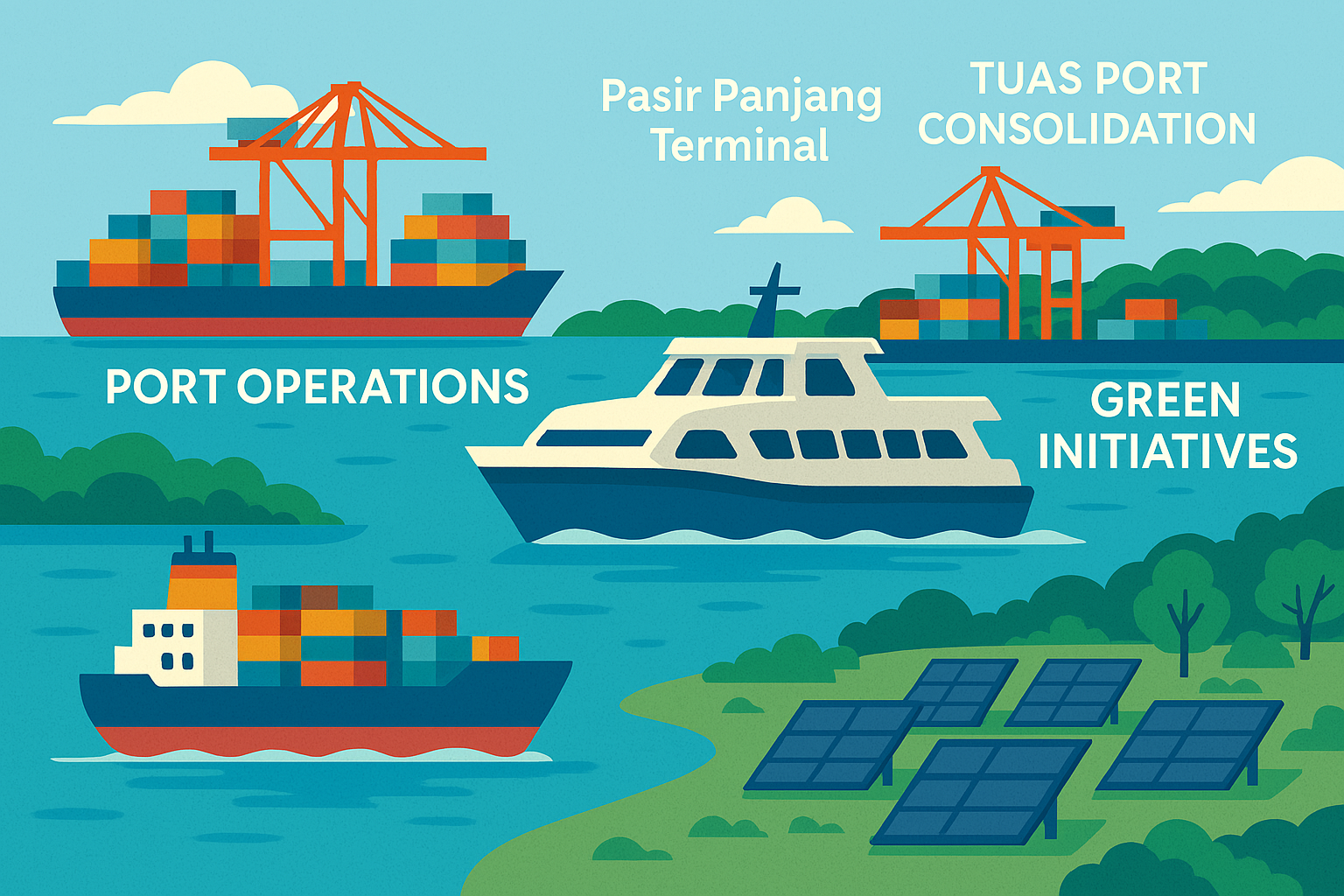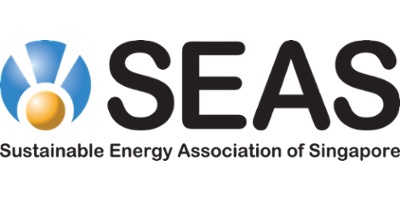Go Green SG 2025: Singapore’s Maritime Adventure You Can’t Miss
As Singapore marks its 60th birthday, there’s no better time to celebrate our island nation’s deep maritime roots and forward-thinking sustainability efforts. This year, during Go Green SG 2025, the

